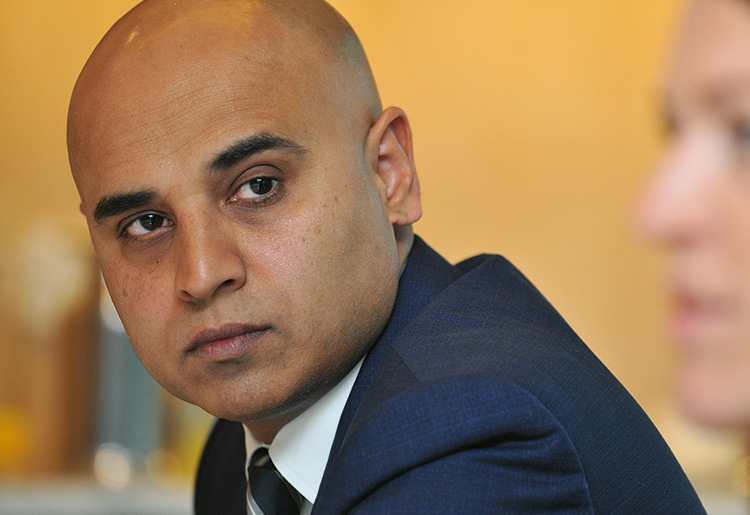Alternative credit offers attractive returns at a time when more traditional assets are believed by some to be overvalued and paying disappointing returns, but what is the true price of those returns?


What is driving interest in alternative credit?
Azhar Hussain: There is the demand side, but there is the supply side as well. The alternative credit markets are growing significantly post-crisis, making the leverage loan market more accessible. The bank to-bank market is opening up, particularly for institutional investors, and bond markets have also grown, not least because of quantitative easing. Overall bond yields have fallen, making it easier for corporates to issue debt. So quantitative easing has had an effect on both the demand and supply sides.
Alison Trusty: There were fewer managers that could get your clients access to areas like direct lending, but post-crisis there is proliferation of institutional-quality managers in the universe that we look at. In some of the more liquid markets with yields being stretched it makes sense for pension funds, in many cases, to give up some of that liquidity to alternative credit for seeking a premium.
What returns are they giving liquidity up for?
Hussain: They have different characteristics and different return streams. It is important trustees appreciate that because there are risks which haven’t been shown in the past few years. It’s been a relatively easy stretch for quite a while. Our multi-asset credit fund, for example, targets LIBOR plus four to six through the cycle. We chose that level because that’s historically what high yield paid. Is the future going to replicate history? We hope so. That’s what my fund is targeting, but at the moment we are at the bottom end of that. Spreads have tightened substantially in the last 18 months in all markets. Illiquidity premia has been pushed so the difference between good and bad credit is as small as it’s been for some time.
Trusty: Is your fund illiquid?
Hussain: It’s a lot more liquid. There’s part of the local loan space that is totally illiquid bilateral deals, but I’m in a far more liquid stream. I’m also invested over half in bonds, which are, in theory, safer.
Rod Goodyer: It’s fairly typical that liquid funds are cash plus five-ish. If you step into things like direct lending you’re looking for a few percent more to reward you for taking on a lot more illiquidity. So it depends what your return needs are and what your liquidity profile is across your other assets.
Dharmy Rai: On the illiquidity side we have seen a focus on senior debt and that’s typically about 6% to 8%. For those happy to take on more risk, be that with leverage or having some form of subordinated in their capital structure, I’d say between 8% and 10%. There is even the 10% to 12% range, depending on what you’re happy taking on. Generally, it has been focused on that 6% to 8% range and more on the European side. US clients tend to be at the puncher end and that’s why those funds seem to have leverage and are usually about 10%.
How leveraged are funds in these markets?
Trusty: US funds may go up to two, two-and-a-half times. But when we are thinking about risk, if they have a good leverage facility and they’re lending to high-quality borrowers, we might be more comfortable with them using leverage to juice up returns rather than a manager who is trying to target 8% by lending to riskier borrowers.
Rai: It also depends on if it’s lower middle market or middle market lending. On the lower middle market side one times leverage spread is fairly high as they are riskier companies in the sense that they are smaller and less likely to be sponsored. People are prepared to have leverage than go further down to the subordinated piece. But it depends on what they are comfortable with, whether it’s a CMO structure or just leverage from the two main banks they work with. They are the details you want to dig into when you’re looking into a fund.



